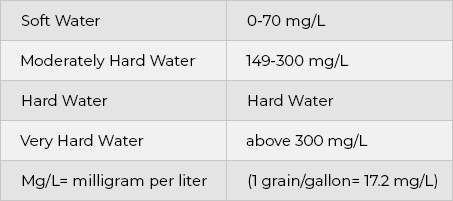Basic Water Profile
There are many things to test for in water so we have created a basic water profile test for our clients. You may test for one or more. (Ask about additional water tests.)
Note: Westchester County has a more extensive requirement for well water testing, click here to learn more.
Total Coliform
Coliform bacteria levels indicate the sanitary quality of drinking water. The presence of coliform organisms in drinking water would usually suggest that surface waters are getting into the well water or the aquifer and creating unsanitary conditions. Once coliform levels become detectable in 100 milliliters of sample anyone using the water for drinking increases their chances of becoming ill.
Conductivity
A measure of the ability of water to carry an electric current. This ability depends on the presence of ions; on their concentration, mobility, and valence; and on the temperatures of measurement. Solutions of most inorganic compounds are relatively good conductors. Conversely, molecules of organic compounds that do not dissociate in water conduct a current very poorly. Potable water has a conductivity value from 50 to 1,500 umho/cm. Conductivity is an indirect measurement of the general amount of mineral content in water. High conductivity values may indicate large quantities of minerals, which could lead to blockage of pipes, and may indicate possible contamination from sources such as road salts (used to melt ice and snow) or inorganic fertilizers.
TDS (Total Dissolved Solids)
TDS is a direct measurement of chemicals dissolved in water. Water with high dissolved solids generally is of inferior palatability and induces an unfavorable physiological reaction in the transient consumer. For these reasons, a limit of 500 mg/L is desirable for drinking water.
pH
The pH scale ranges from 1 to 14. The measurement of pH is one of the important and frequently used tests in water chemistry. Water with a low pH might be corrosive to metal pipes and fixtures. The normal range prescribed for pH is 6.5 to 8.5.
Hardness
Total hardness is defined as the sum of the calcium and magnesium concentration, both expressed as calcium carbonate, in mg/L. The hardness may range from zero to hundreds of mg/L, depending on the source and what treatment the water may be subject to.

Lead
The action level for lead is 15ppb (0.015 mg/L)
Copper
The MCL (maximum contaminant level) for copper is 1.0 mg/L
Iron
The MCL for iron is 0.3 mg/L. Treatment for water high in iron would be through the use of iron filters or a water conditioner.
